- Home
- slideshows
- miscellaneous
- The progression of office culture from the 50s to today
The progression of office culture from the 50s to today
In the years following World War II, Friedman wrote that most offices "... consisted of a vast open space, with rows and rows of identical desks crammed tightly together."

This "bullpen office" had blue-collar roots, according to Friedman. The open design hearkened back to the factory floor, and was meant to foster productivity by keeping everyone visible.

Of course, not everyone would have been stuck in the bullpen. At some companies, high-ranking employees might receive their own office.
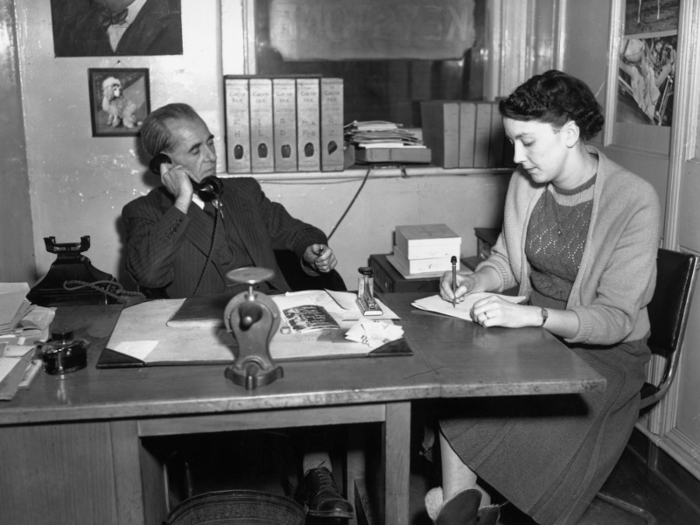
The most desirable type of private office was traditionally the corner office, which boasted more windows and served as a status symbol.

Like today, the work cultures of different companies tended to vary based on factors like region and industry.
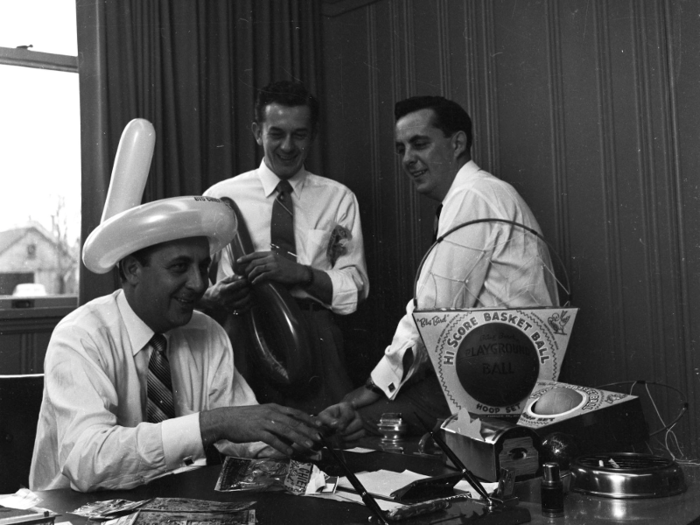
But, generally speaking, work cultures tended to be more overtly hierarchical and formal in the 1950s. At the same time, the atmosphere around smoking and drinking at work was significantly more lax.
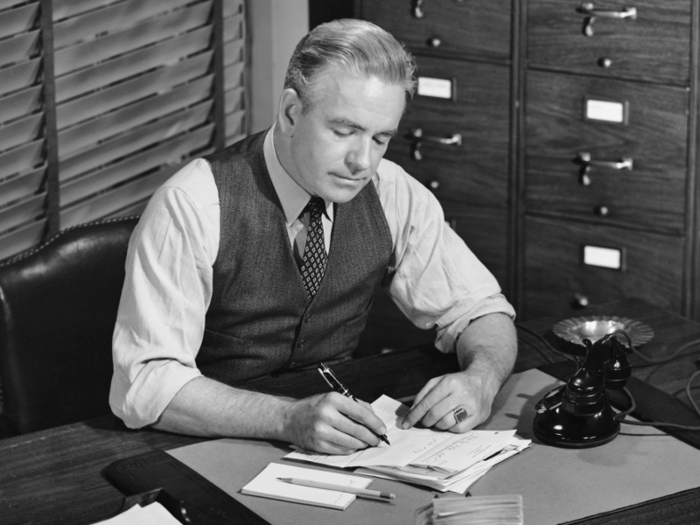
Thanks to pop culture trends dating back to WWII, smoking was largely acceptable in most offices by the 1950s. But, in her 1958 etiquette book, Amy Vanderbilt wrote that, while supervisors can smoke in their employees' presence without asking, "an outsider may not smoke in the office of someone else unless he is asked to do so."
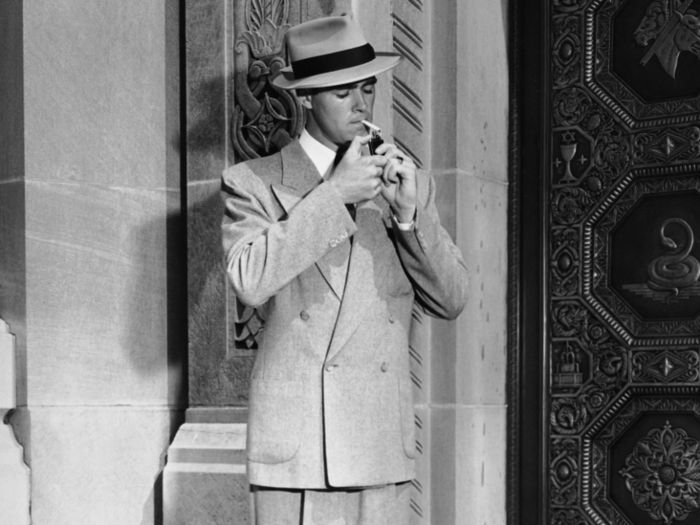
For working women, the 1950s proved to be a turbulent decade. The end of WWII saw the American workforce swell with veterans, and many women found themselves forced out of traditionally male-dominated jobs they had held during the war.
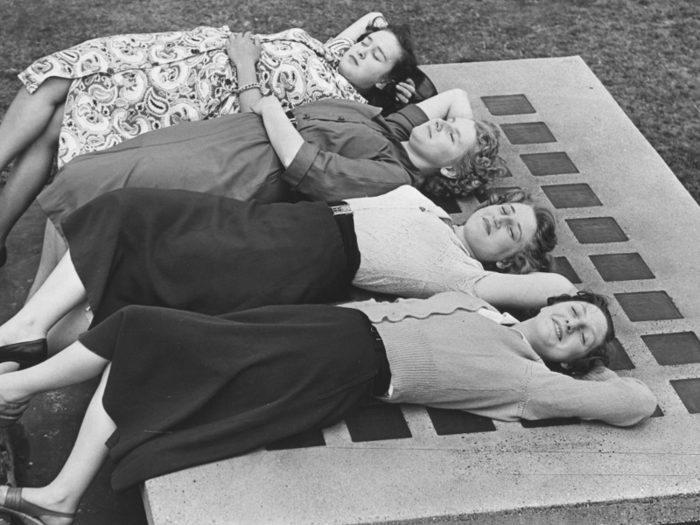
But more and more mothers began entering the workplace throughout the decade, despite personal concerns — and the popular criticism — that working women were "shortchanging" their families, according to historian Catherine Reef.

Many women found jobs thanks to the massive boom in clerical and service roles that emerged during the decade. The workforce participation of American women ages 25 to 45 would ultimately swing from 15% to 71% between 1890 and 1985, according to the Atlantic.
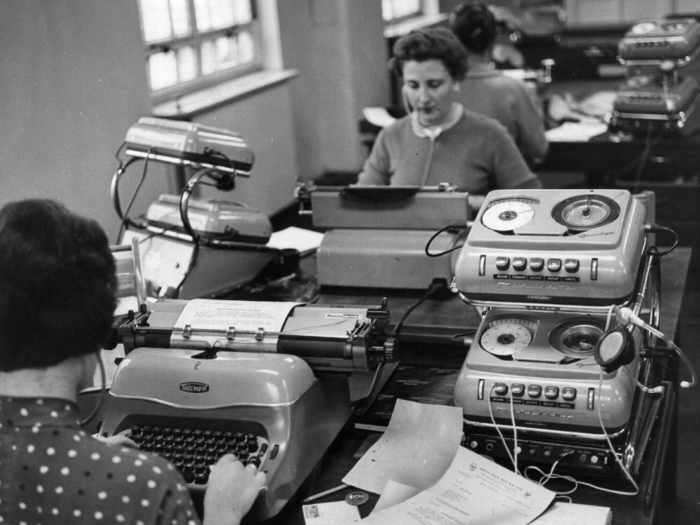
African American women also entered the office in droves in the 1950s, and between 1940 and 1960, African American men "cut the income gap by about a third," according to Brookings.
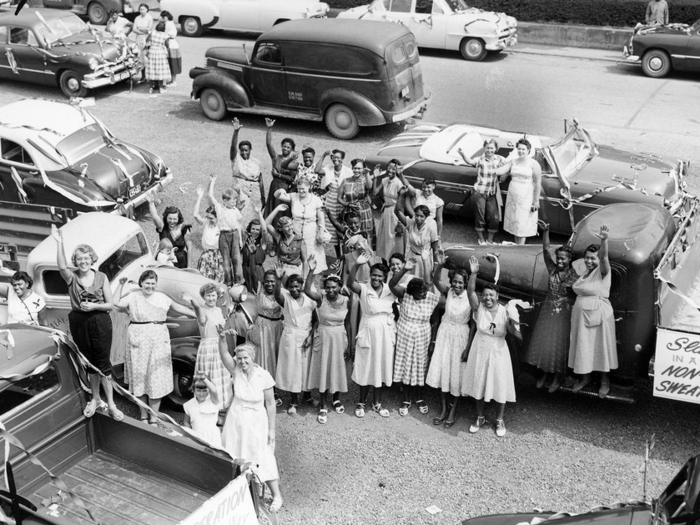
But many opportunities were still closed to women. From the 1940s to the 1970s, numerous surveys indicated that both men and women "expressed strong disinclinations to work for women bosses," according to "No Seat at the Table" by Douglas M. Branson.
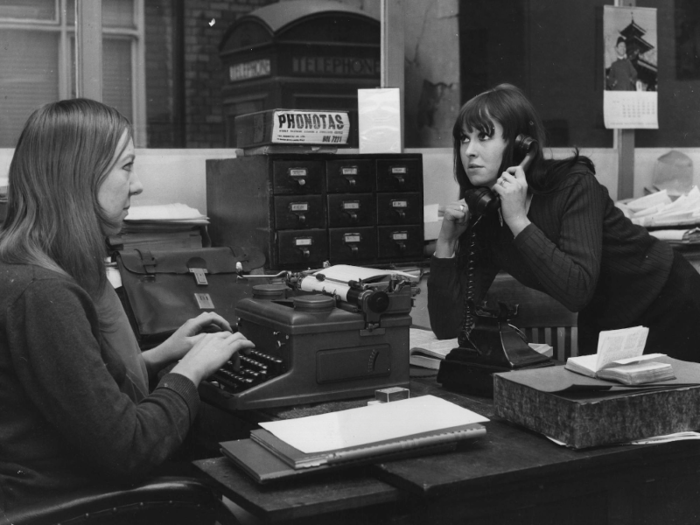
Sexist attitudes also continued to influence popular ideas about working women. Vanderbilt wrote that women who managed to achieve executive status should avoid becoming "irritatingly important" and "dictatorial at home, as well as in the office."
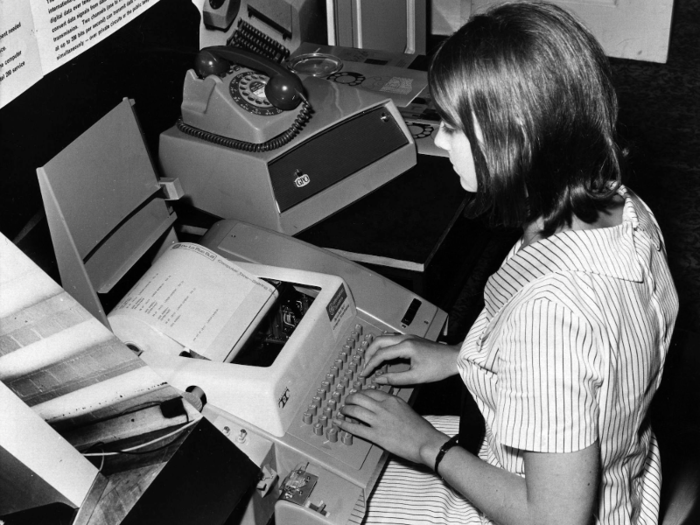
In the US, discrimination based on sex wasn't illegal until the Civil Rights Act of 1964. And the term "sexual harassment" wasn't even coined until 1975. But, of course, the sexual harassment of women in the workplace far predates such legal distinctions. The issue simply wasn't as widely talked about until the latter half of the 20th century.
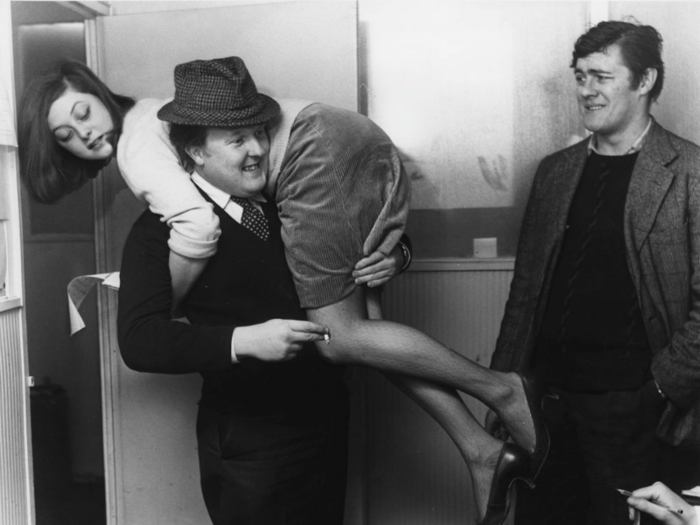
Source: Vox, The Week, "Sexual Harassment at the Workplace"
Meanwhile, Vanderbilt recommended that male employees strive to get ahead by adopting formal social conduct. "They must learn how to dress, how to conduct themselves on various social and business occasions, how to communicate their ideas to others in concise, well-chosen language," she wrote.
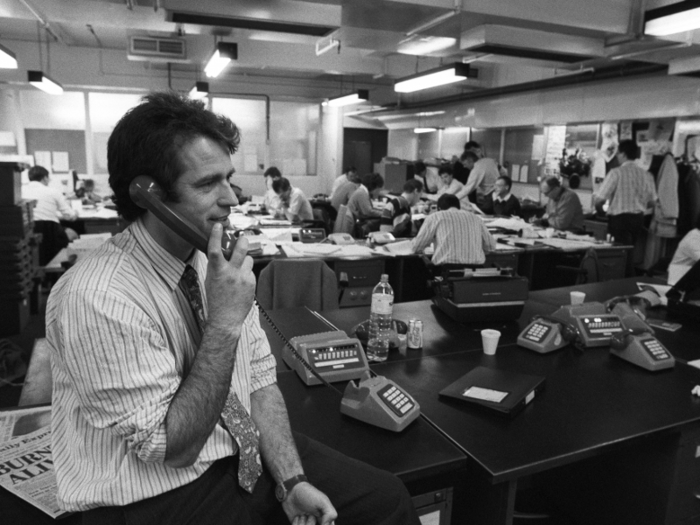
But not all aspects of 1960s work culture were so rigid. Lola Cherson, who worked in advertising throughout the decade, told the Atlantic that the occasional three martini lunch was an accepted part of her company's work culture, but added that most of her coworkers weren't getting "loaded in the office."

And while smoking at work still endured in the 1960s, the decade also saw a growing backlash against the deadly habit, amongst organizations like the American Cancer Society.
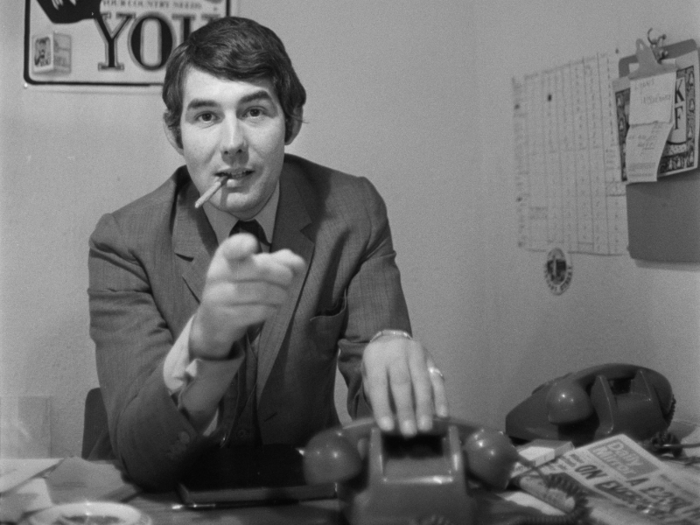
Meanwhile, office tech began to change, as well. The popularity of the home computer didn't surge until the 1980s and 1990s, but computers had been an integral part of some workplaces long before that. Starting in the 1950s, many data workers relied on early computers. Their popularity increased in the 1960s, and continued to skyrocket as the models grew smaller and more user-friendly.
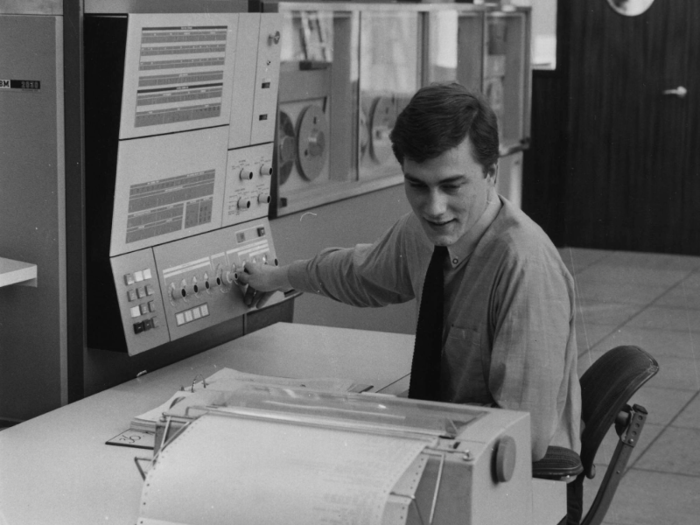
The late 1960s also saw the rise of the cubicle. Ex-art professor Robert Propst was the inventor behind the "action office," which evolved into the cubicle system. According to Friedman, Propst hoped his invention would boost employee happiness and allow for increased privacy. But Propst's first model, introduced in 1964, failed to catch on with employers.
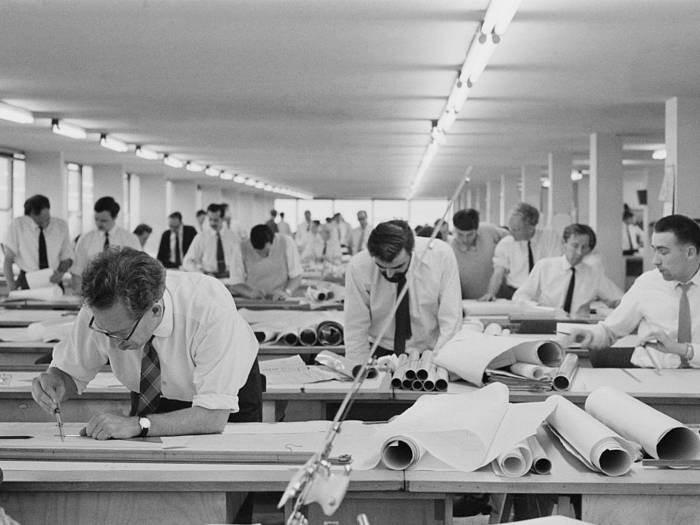
He launched a second, cheaper model in 1968, and it was a massive hit. But as the trend caught on and employers began to cram more and more workers into cubicles, Propst spoke out against how companies were using his invention.
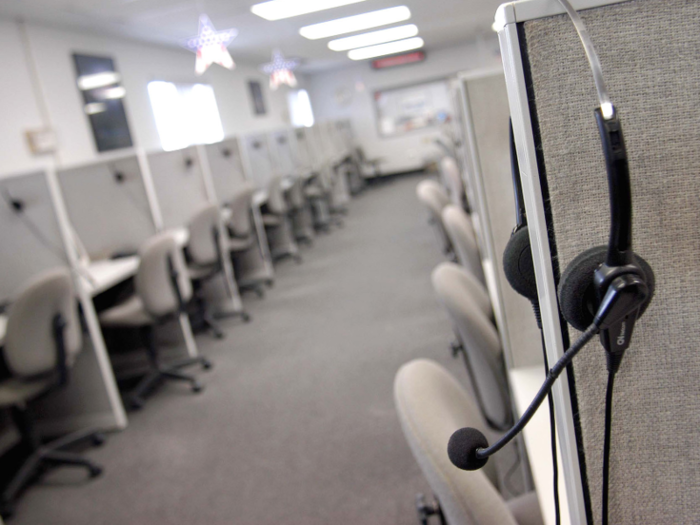
The 1970s saw the bust of America's thriving postwar economy, and job security began to decline in many sectors.
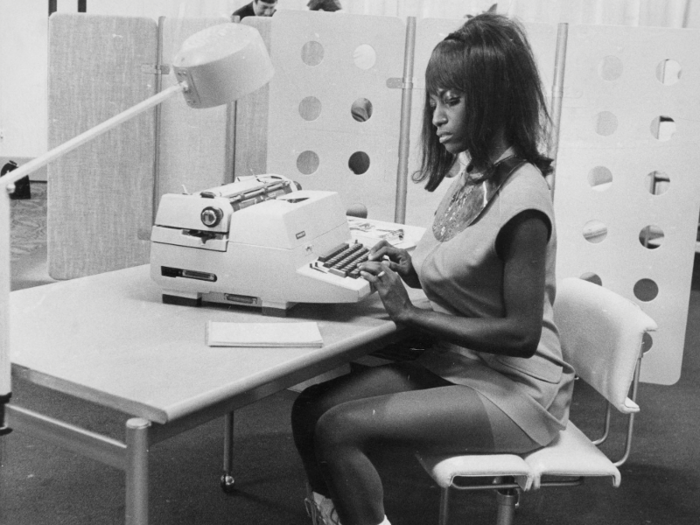
Source: Not Even Past
Meanwhile, America's changing culture allowed for less formal fashions to begin to seep into some workplaces in certain industries. "Little by little, often-ignored infractions eroded the sanctity of any top-down policy: hose-free legs when the weather permitted, a tweed blazer for a day with no client meetings, loafers instead of dress shoes," Deirdre Clemente wrote in The Atlantic.
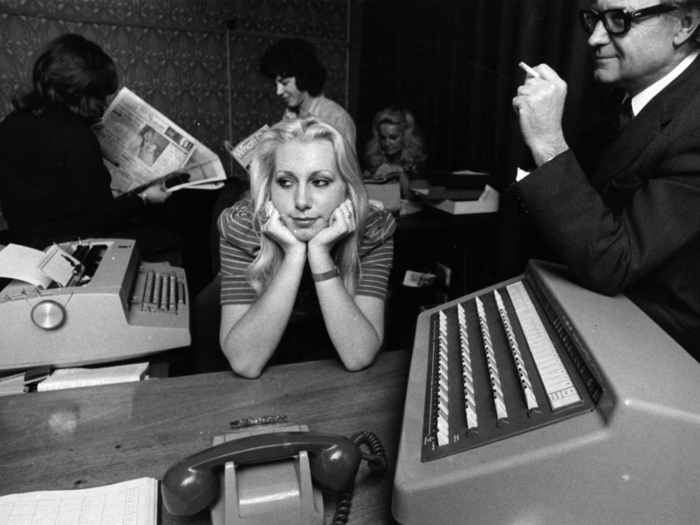
Source: Not Even Past, The Atlantic
The tradition of smoking in the office took a hit, too. A series of state-issued bans began curtailing the habit in the US. This crackdown would ultimately spread to workplaces, too.
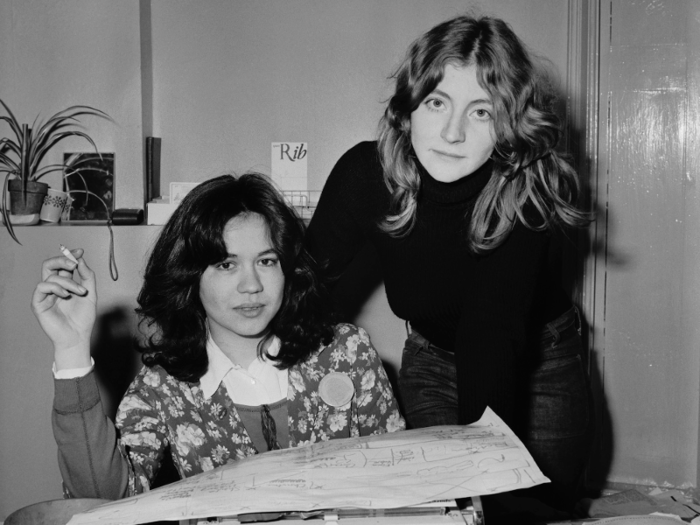
Source: The National Academies Press
By the 1980s, some companies became more intentional about their work cultures, according to a 1996 paper by Iowa State University's Taysir M. Khatib. He wrote that "organizational culture became a hot topic for research in the 1980s," owing to "the notion that culture has a powerful impact on the organization's outcomes and its success."

The Washington Post characterized the corporate world of the 1980s and early 1990s as "one of corporate raiders, massive layoffs, and cost-cutting trends."

Source: The Washington Post
"Cubed" author Nikil Saval told the Washington Post that, as a result, the ever-popular cubicle "... became seen as the symbol of a more precarious, more oppressive work environment."
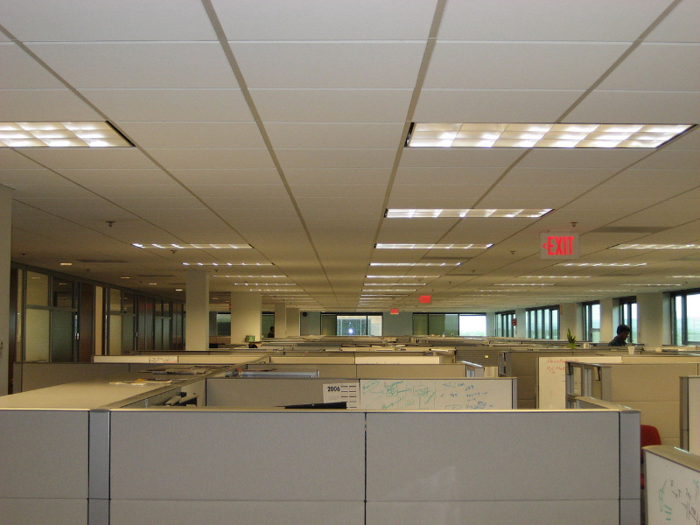
Source: The Washington Post
The diminishing size of the cubicle didn't help its plummeting popularity. The average cubicle shrunk between 25% and 50% in size between the mid-1980s and mid-1990s, according to The Washington Post.
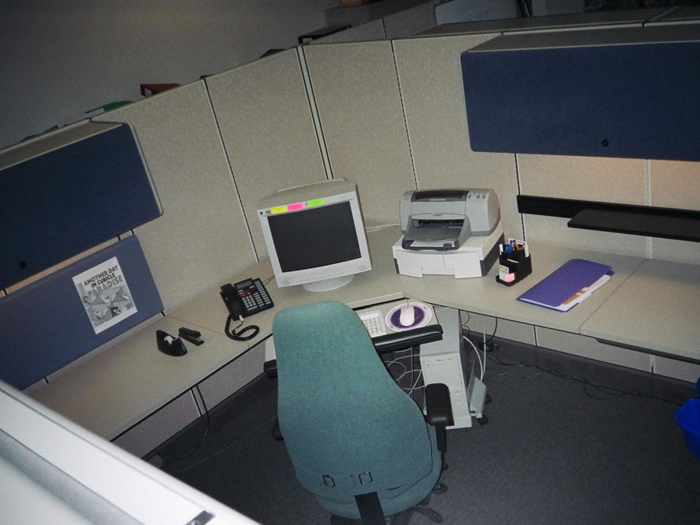
Source: The Washington Post
Saval wrote that in 1997, Steelcase survey found 93% of participants who worked in cubicles wanted to switch workspaces.
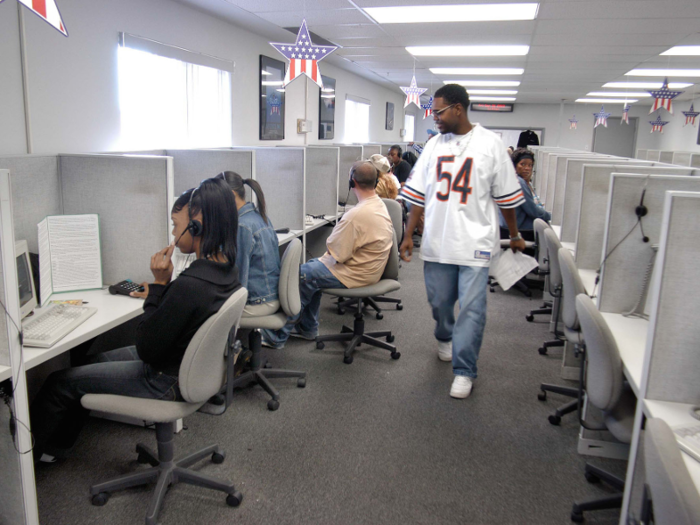
Source: "Cubed: A Secret History of the Workplace"
Today, the open office has overthrown the cubicle in terms of the reigning office layout of the moment.

Source: The Guardian
Friedman described the open office as more "egalitarian," in theory, but also rife with problems. "While open office designs may increase communication between colleagues, they often do so at a cost to individual work," he wrote.

And, while office designs may have undergone quite a lot of change over the decades, the #MeToo movement has highlighted one area in which not enough progress has made in the workplace. Harassment scandals at Uber, NBC, and Fox News have highlighted how predatory behavior is still able to thrive within some company cultures.
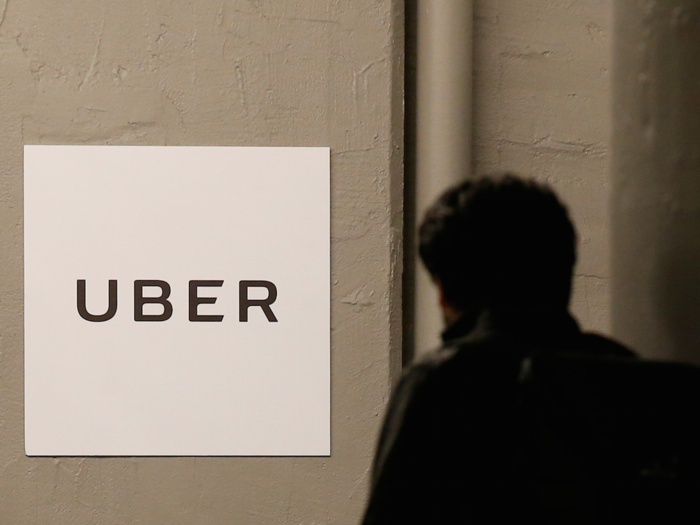
As for overall office culture, maintaining an overt and strict office hierarchy may no longer be the fashionable way of running a company that it was in the 1950s.
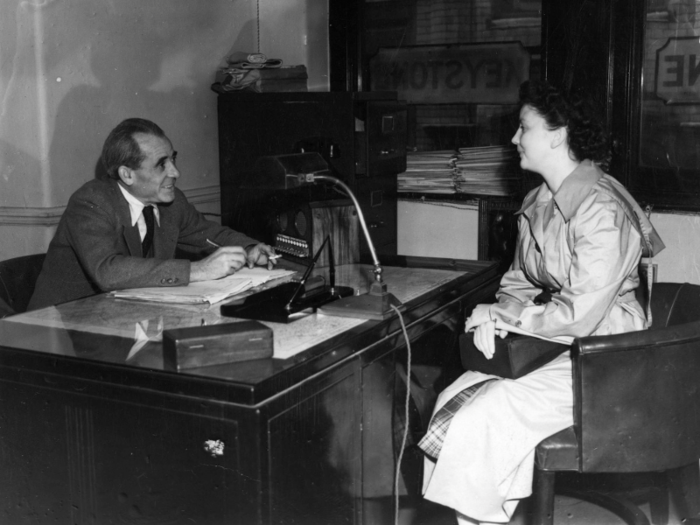
But, as most modern day employees know, it's one thing for an organization in 2018 to slap buzzwords like collaboration, egalitarianism, and teamwork on its office walls and website. It's another thing entirely to run a business based on such principles.

Source: Business Insider, Business Insider
Popular Right Now
Popular Keywords
Advertisement